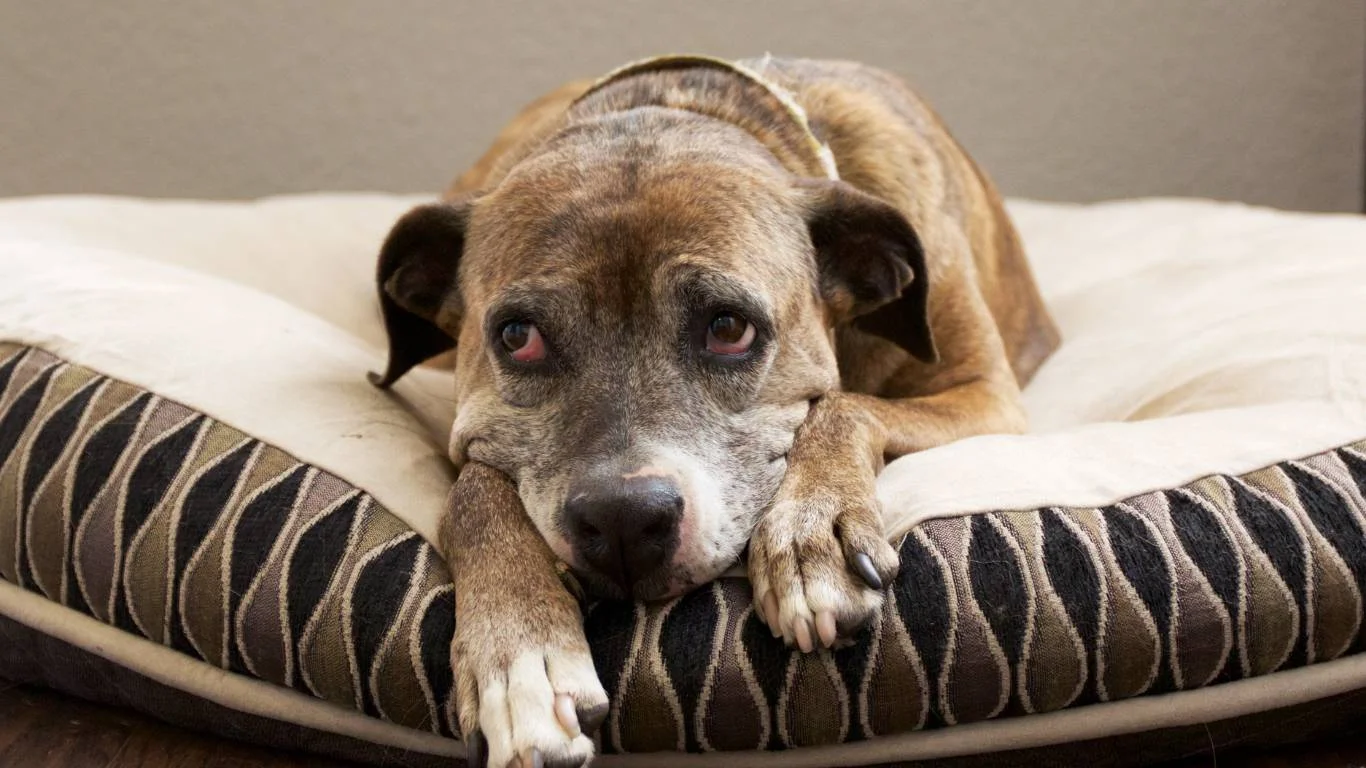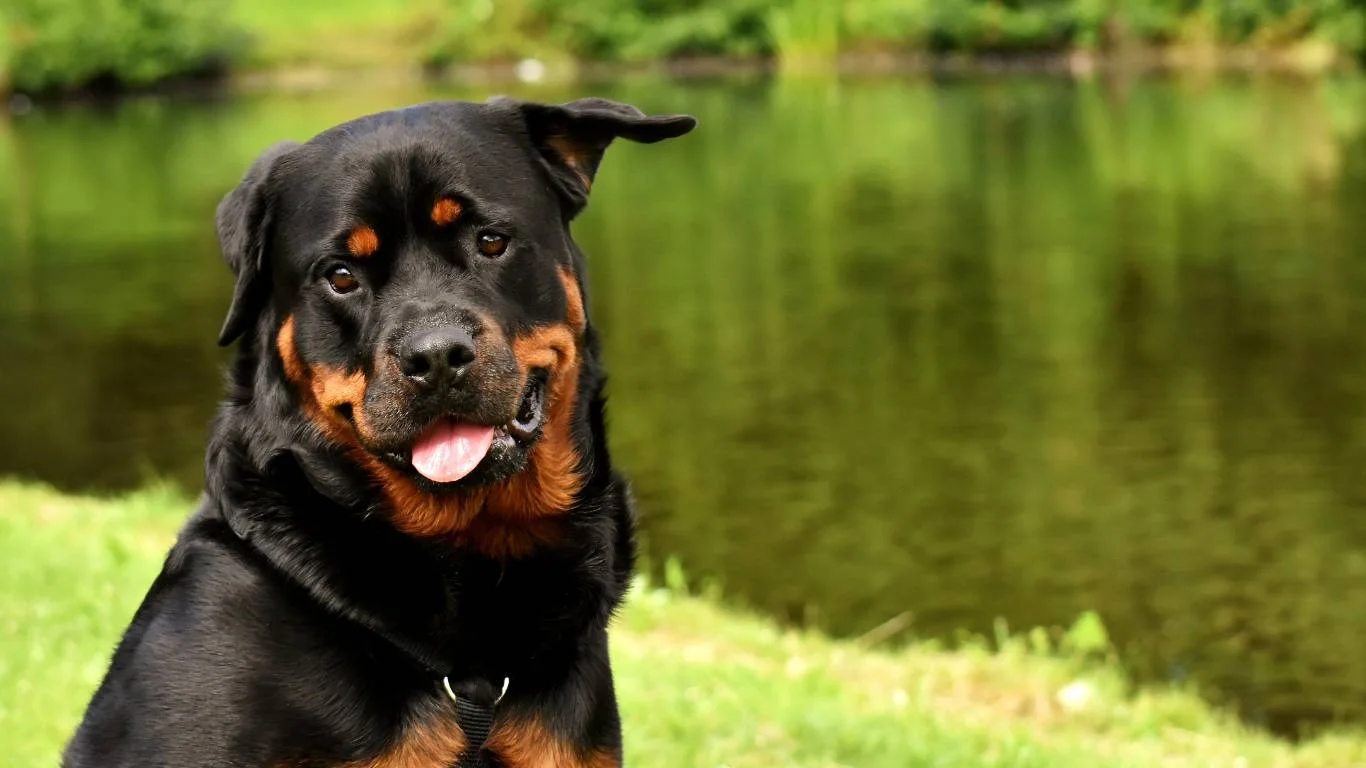The Dangers of Feeding Your Dog Too Many Treats: What Every Pet Parent Should Know
If you’re anything like me, your dog is more than just a pet — they’re your shadow, your goofball, your little furry soul mate. I get it, those puppy-dog eyes are practically *weaponized* to get extra goodies. But here’s the thing we don’t talk about enough: the dangers of feeding your dog too many treats. I learned this the hard way while working as a Vet Assistant with a focus on pet nutrition, and trust me, it’s not as harmless as it might seem. A few too many “just this once” moments can quietly snowball into something serious. So let’s dig into what’s really going on when we give in to those pleading paws a little too often.
Why Treats Aren’t Always a Treat

Sure, treats are a great tool. Training? Treat. Vet visit? Treat. Just being adorable? Yup, treat. But like most good things, there’s a tipping point. And once we cross it, we’re not just spoiling them — we could be hurting them.
Too Many Calories, Too Little Awareness
One of the first things I learned on the job was how easily treats can add up. A small dog getting just a few high-calorie treats a day can exceed their daily caloric needs *without you even realizing it*. It’s like snacking on donuts between meals and then wondering why your jeans don’t fit.
Here’s a wild example: a single large dog biscuit can have around 70-100 calories. If your pup needs 400-500 calories a day, that’s nearly a quarter of their intake — gone in one crunchy bite. Yikes.
Obesity Sneaks Up Fast
Weight gain in dogs is gradual, and that’s exactly why it’s dangerous. You may not notice the change until it’s already affecting their joints, heart, or energy levels. And once they’re overweight, trimming them down takes way more discipline (from both of you!) than simply being mindful in the first place.
- Extra weight puts stress on joints and hips — especially in older or larger breeds.
- It increases the risk of diabetes, heart disease, and respiratory issues.
- It shortens lifespan — plain and simple.
Hidden Ingredients That Could Be Harmful

I’ve seen so many pet parents shocked when I show them what’s actually in the treats they buy. Some of these “gourmet” or “fun” snacks are loaded with fillers, artificial colors, salt, and sugars — stuff that would make even a human dietitian cringe.
Label Confusion Is Real
Pet food marketing is a beast of its own. Words like “natural” or “premium” mean nothing if the ingredient list starts with things you can’t pronounce. And don’t get me started on “meat by-products.”
Pro Tip from the Clinic: Look for treats where you recognize all the ingredients. If it sounds like it belongs in a chemistry lab instead of your kitchen, maybe skip it.
Some Treats Are Just Flat-Out Unsafe
Those colorful, chewy, jerky-like strips? A lot of them are imported with very little regulation. I’ve personally witnessed cases of gastrointestinal distress, allergic reactions, and even toxin exposure tied back to poorly made treats.
- Avoid anything made outside of regulated countries unless you know the source.
- Stay far away from treats that contain artificial preservatives like BHA, BHT, or ethoxyquin.
- Skip the rawhide — trust me. It’s a choking and digestion nightmare.
“But It Makes Them Happy!” — Emotional Feeding and Guilt Traps

Okay, this part? Super relatable. We give treats because we love them. Sometimes it’s how we say “I’m sorry I left you alone” or “You’re such a good boy/girl!” And while that love is beautiful, emotional feeding can turn into a guilt trap — one that doesn’t actually benefit our dogs the way we think it does.
Dogs Don’t Need Constant Rewards
I’ve had clients who felt like they were depriving their dogs if they didn’t give treats constantly. But dogs crave our *attention* more than food. A belly rub, a toy toss, or even just sitting together means more to them than a biscuit every time they blink.
Behavioral Risks You Might Not Expect
Dogs who get treats too often — especially when they’re not earning them — can start demanding them. I once met a sweet little Frenchie who had trained his owner to hand over a treat every time he barked at the cupboard. Smart dog, right? Not great for the owner’s sanity, though.
Bottom line: Treats should be part of a balanced approach, not a substitute for love, engagement, or proper meals. Feeding your dog with intention shows more love than over-indulging ever could.
How Many Treats Is Too Many?

This is probably one of the most common questions I get from pet parents, and honestly? It depends. There’s no one-size-fits-all answer, but I’ll share a trick I use in the clinic all the time that seems to help folks wrap their heads around it.
The 10% Rule — But With a Twist
We usually recommend that treats make up no more than 10% of your dog’s daily caloric intake. But here’s the twist: most people don’t actually know how many calories their dog should be eating in a day. Totally fair — it’s not exactly tattooed on their collar.
So, let’s simplify. If your dog eats 1 cup of kibble in the morning and 1 at night, then only about 10% of that total (in calories, not volume) should be from treats. That might only equal 1–2 small snacks for a smaller breed. And if you’re using treats as training rewards? Break ‘em into tiny bits. Your pup doesn’t care about size — it’s the gesture that counts.
Talk to Your Vet or Nutrition Pro
When in doubt, reach out. I’ve had dozens of pet parents bring in the treats they’re using, and I’ll walk them through whether they’re appropriate for their dog’s weight, breed, and age. Sometimes a quick switch or reduction makes a *huge* difference in energy and health within just weeks.
Smart Substitutes for Store-Bought Treats

One of my favorite parts of working in the nutrition space is helping owners come up with creative alternatives to processed treats. You don’t always need a fancy bag of biscuits — your fridge and pantry might already have great options.
Healthy, Dog-Safe Snacks You Probably Already Own
- Carrots: Crunchy, low-cal, and great for teeth. Most dogs love the texture.
- Green beans: Cooked or raw, they’re full of fiber and super filling.
- Apple slices (no seeds!): Sweet and refreshing — my go-to trick for chubby pups.
- Plain boiled chicken: Perfect training reward when you want high-value but healthy.
- Frozen blueberries: Great for hot days, plus they’re packed with antioxidants.
Just make sure you introduce any new food slowly and in small quantities. Even the good stuff can upset their tummy if it’s too much, too fast. And always skip anything seasoned, salted, or sweetened. Plain is perfect.
DIY Dog Treat Recipes Are a Win-Win
I’ve met so many pet parents who absolutely light up when they realize they can make treats at home. Not only do you control what goes in, but your pup gets that tail-wagging excitement from something homemade — and it’s often cheaper, too.
One of my go-to simple recipes? Just blend banana, a spoonful of peanut butter (make sure it’s xylitol-free), and oats. Roll into small balls, freeze, and boom — happy pup.
How Treat Overload Impacts Behavior and Training

It’s not just about weight or health — giving too many treats can mess with your dog’s mindset, too. I’ve worked with clients who were accidentally training their dog to only listen if food was involved.
The “Treat Dependency” Trap
Dogs are smart. If every time they sit, they get a treat, they start expecting it. But if you *only* use treats and never phase them out or swap in praise, toys, or play, they might stop responding when you don’t have a snack in hand.
One pup I worked with — a sweet Lab named Teddy — literally turned his back on his owner at the park when she tried to call him without a treat. He’d been trained on food only, and he’d figured out the system. We had to rework the whole routine to help him see value in other types of rewards.
Better Reinforcements for Better Balance
- Rotate rewards: Use a mix of praise, play, and food so your dog doesn’t become treat-dependent.
- Fade treats gradually: Once your dog knows a command, slowly reduce treat frequency and replace with affection or a favorite toy.
- Save high-value treats: Use them only for challenging tasks or distractions like vet visits, not daily obedience.
Pro tip from my own training sessions: Dogs love variety, just like we do. If they never know what’s coming — a ball toss, a belly rub, a crunchy carrot — they stay engaged and responsive without expecting a treat every single time.
Real-Life Cases That Changed My Perspective
Over the years, I’ve seen so many examples that really drove home the risks of treat overuse. One that still sticks with me is Bella, a chubby little beagle who came in with early signs of arthritis — at just 5 years old. Her diet wasn’t terrible, but her owner had no idea how many treats she was getting between family members sneaking her snacks all day.
We made a treat calendar (yes, really) and tracked everything for a week. Turns out, Bella was eating the equivalent of a second full meal just in treats. After some changes and lots of love, she dropped weight, her energy came back, and even her joint pain started easing up. That’s the kind of difference treat awareness can make.
How to Read a Dog Treat Label Like a Pro

If there’s one skill I wish every pet parent had, it’s label decoding. Let’s be honest — pet treat packaging can be super misleading. Words like “wholesome,” “natural,” or “veterinarian recommended” get tossed around like confetti, but they don’t always mean what you think.
First Ingredients Matter Most
Ingredients are listed by weight. So if the first few ingredients include corn syrup, “meat by-product,” or anything super vague like “animal digest,” that’s a red flag. You want to see named proteins like chicken, salmon, or turkey leading the list — ideally with minimal filler.
Know the Common Culprits
- BHA/BHT: These synthetic preservatives are still used in some dog treats and are controversial for their potential health effects.
- Added sugars: Dogs don’t need sweeteners. Look out for dextrose, fructose, molasses, etc.
- Artificial colors: If it’s neon pink or bright green… ask yourself why. Dogs don’t care about color.
Camellia’s Tip: If you can’t pronounce more than half the ingredients, or the list is longer than your grocery receipt — toss it. Simplicity is your best friend here.
Creating a Balanced Treat Routine

Now that we’ve talked about the dangers of feeding your dog too many treats, here’s the good news: you don’t have to stop giving treats altogether. You just need a smart plan that supports your dog’s health and keeps you feeling good about it.
Build a Treat Schedule That Works
I always suggest pet parents break the day into “treat zones.” For example:
- Morning: Use 1-2 small treats during a walk or training warm-up.
- Afternoon: Offer a low-calorie veggie snack or frozen blueberry cube.
- Evening: Save a high-value treat for grooming or crate time.
This structure helps you stay within limits, keeps your dog mentally stimulated, and gives you that feel-good moment without guilt. I even recommend using a treat jar with daily portions pre-measured. Once it’s empty, that’s it for the day.
Use Treats for Enrichment, Not Just Reward
One of my favorite tricks? Turn treat time into a challenge. Use puzzle toys, snuffle mats, or freeze small amounts of treats in ice cube trays. This makes one treat feel like an adventure — and it burns mental energy, too.
Signs Your Dog Might Be Getting Too Many Treats
So how do you know when it’s gone too far? Here are some subtle and not-so-subtle signs to watch for:
- Weight creeping up despite no major change in meals.
- Picky behavior — refusing kibble but begging for snacks.
- Less energy or increased panting after mild activity.
- Begging becoming constant and more demanding.
- Loose stools or digestive upset happening more often.
If any of these ring a bell, it might be time to reassess your dog’s treat intake. And hey — no judgment. We’ve all been there. I’ve had to give myself a few reality checks over the years, too.
Bringing It All Together: Your Dog Deserves Better Than a Quick Snack Fix
At the end of the day, treats should complement your dog’s life — not control it. Whether you’re using them for training, bonding, or just because your pup’s face is unbearably cute (we’ve all been weak), what matters most is awareness.
When you’re intentional about treats, you’re doing more than managing calories. You’re reinforcing good behavior, building trust, and supporting your dog’s long-term health. That’s the kind of love they deserve — even if they don’t always agree when you pass on that second cookie.
And from someone who’s seen a lot — from diabetic dachshunds to overweight lab mixes trying to waddle through exams — I promise, setting those healthy boundaries pays off more than you can imagine.
References
Disclaimer
The information in this article is based on personal experience and professional insights as a veterinary assistant with a focus on pet nutrition. It is intended for educational purposes only and does not replace veterinary advice. Always consult your veterinarian before making major changes to your pet’s diet or routine.






